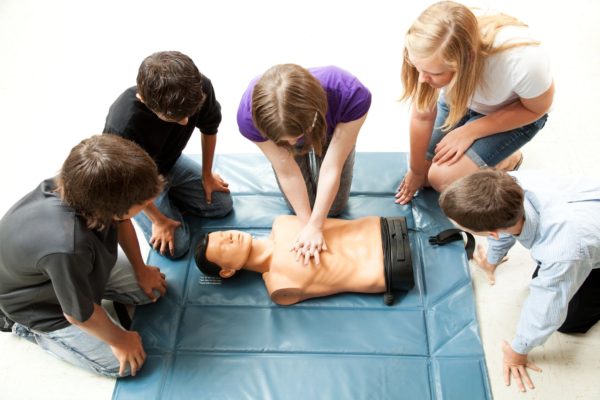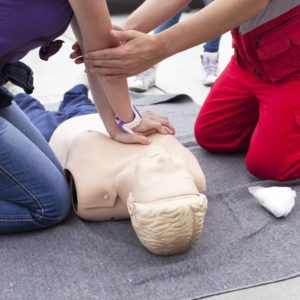After successfully completing this course, students should be able to:
- list the priorities, roles, and responsibilities of a rescuer providing first aid to a child or an infant
- describe the four key steps in first aid for children and infants: prevent, protect, assess, and act
- remove protective gloves
- describe the assessment and first aid actions for the following life-threatening conditions: difficulty breathing, choking, severe bleeding, and shock
- control bleeding and bandaging
- use an epinephrine pen
- recognize elements of common injuries and illnesses
- recognize the legal questions that apply to pediatric first aid rescuers
- describe how high-quality CPR improves survival
- explain the concepts of the Chain of Survival
- recognize when someone needs CPR, and perform high-quality CPR for an infant, child, or adult (adult CPR module is optional)
- give effective breaths by using mouth-to-mouth or a mask for all age groups
- demonstrate how to use an AED on a child or an adult (adult AED module is optional)
- describe when and how to help a choking infant, child, or adult.
Upon successful completion of the course, including a first aid skills demonstration and a CPR and AED skills test, students receive a Heartsaver Pediatric First Aid CPR AED course completion card that is valid for two years.





